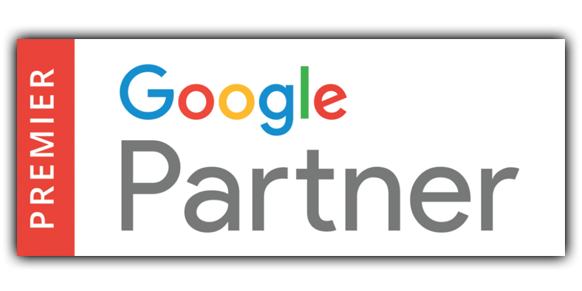It's All Coming Together
I’ve come to accept that I’m kind of an old guy. I have at least as much grey hair as dark, and that takes a while to happen. My youngest child graduates from high school in a month. I still have a rotary phone. Bright red. In a closet. I’m no spring chicken.
When I was a kid, I never could have imagined the technology that would exist today. It’s well beyond the kind of stuff that was in Star Trek (which was a NEW show then).
Fast forward from that time to now, and throw the internet, smart phones, and Google in the mix. It’s pretty amazing stuff.
To be successful these days, you have to have a presence on the almighty Google – and it better be a good one. At our marketing boot camps, I always joke about where the best place to hide a body is – page 2 of a Google search. It’s a joke, but pretty true. If you don’t show up prominently in a Google search it has a real impact on your business.

So what determines how you’ll show up in Google search results?
That’s a little bit of a complicated question, because Google does all they can to keep folks from gaming the system, they won’t come out and specifically state how they determine that. That algorithm is like the KFC 11 herbs and spices, but there are some extremely sophisticated SEO groups that work to deconstruct the formula, and do a pretty good job of hitting the high points. Search Engine Land just released the 2017 Local Search Ranking Factors survey results from 40 of the best SEO companies in the business and the results are interesting.
First, looking at the Local Pack/Finder ranking factors (the results that show in the map window on the results page). What you see is that Google is placing a lot of stock in online factors, but are beginning to take offline factors into account now as well.
For example: the biggest factor is My Business Signals. It’s weighted at 19%, and is made up of not just keywords in the business title, but proximity. In other words, keywords establish that it is a relevant result, but the searchers proximity to you is considered as well. Google knows where you are when your phone has location services turned on. You can also see this when your Google search results show a business’ busy hours. So they know what’s relevant and close.
Another big factor is Review Signals. This category is weighted at 13%. Good reviews are critical for a dealership. Studies have shown that dropping from 4 stars to 3 stars on average can impact revenue 10%. Customers can – and do – decide whether or not to do business with you before they ever come through the door. The two main criteria here are review quantity and velocity.
This means they are looking at how many reviews you have and how frequently you receive them. This is where having an automated system for harvesting real reviews from real customers becomes a no-brainer. Reviews older than 90 days are considered no longer relevant by consumers.So for both credibility with buyers and Google, it only makes sense to have an automated way to keep filling that bucket in place. Plus, having an automated system successfully adds them at a rate that puts a check in the velocity (frequency) box as well.
The third big factor, weighted at 10% is Behavioral signals. This is another category that makes use of on-line and off-line signals. Click through rates are considered, but also mobile click-to-calls as well. A call indicates more interest and relevance than a simple click, it’s more of a buying signal or at least an intent to visit. Check-ins also fall into this category as well.
The last category I want to talk about is Social Signals. While it accounts for less than the others I’ve discussed (it’s weighted at 4%), it’s still important. This category is made up of engagement with Facebook, Twitter, and other social media. While it’s not weighted as high as the other factors, it’s important because those social media channels (Facebook specifically) are great ways to engage with customers/prospects and show the personality of your dealership. This is where people begin to know, like and trust you before they come to the dealership.
The world of marketing is in some ways a lot more complicated, but can be made simpler. To successfully market your dealership, you need just the right recipe of digital and more traditional methods. The weighting factors I’ve talked about here add up to be 46% of Local Pack Ranking Factors for your dealership. If you look at them separately, trying to develop a plan to maintain or improve them can be overwhelming. That’s why it’s important to partner with a company that understands the big picture of what it takes to successfully market a dealership.
I’m a little shameless in my plug for what we do, because our Local Web Dominator platform combined with Firestorm Email and the Sharp Shooter predictable growth program get a handle on the 46% of ranking factors mentioned above and more.
Automatically.
If you want to see how, give us a call. Next time, we’ll talk about ranking factors for localized organic ranking (outside the map in the middle of the results).
Talk Soon,
Brad

